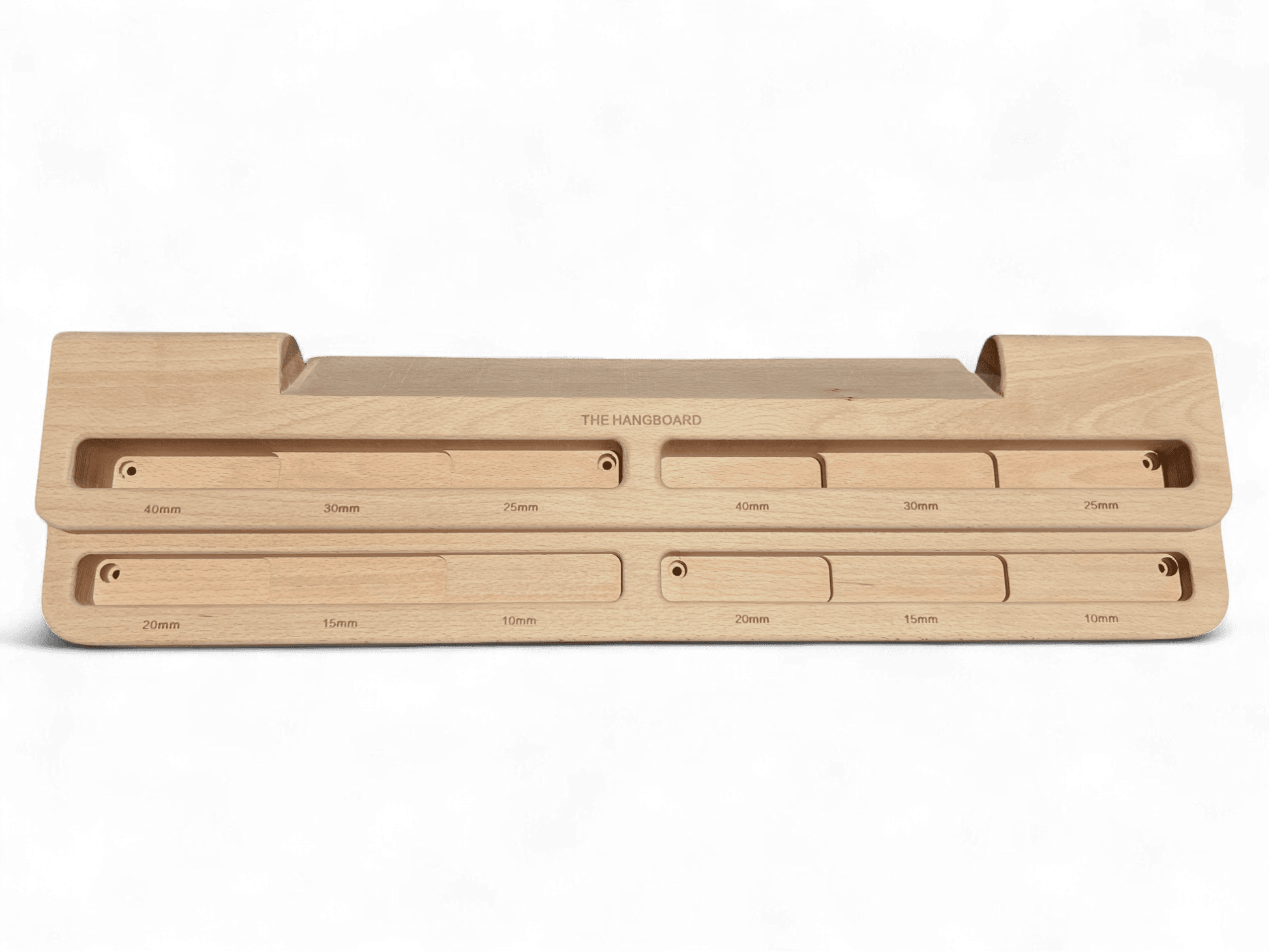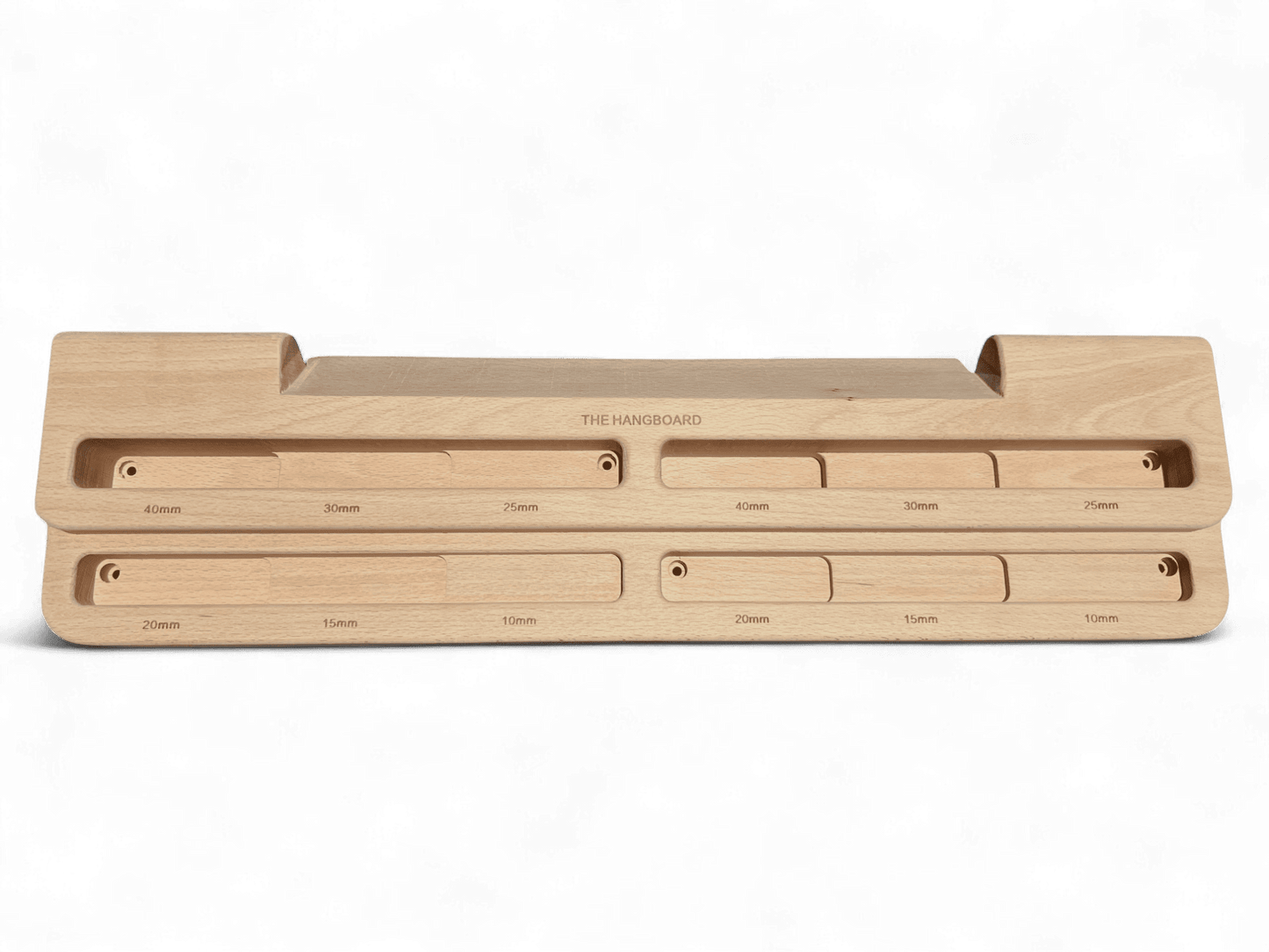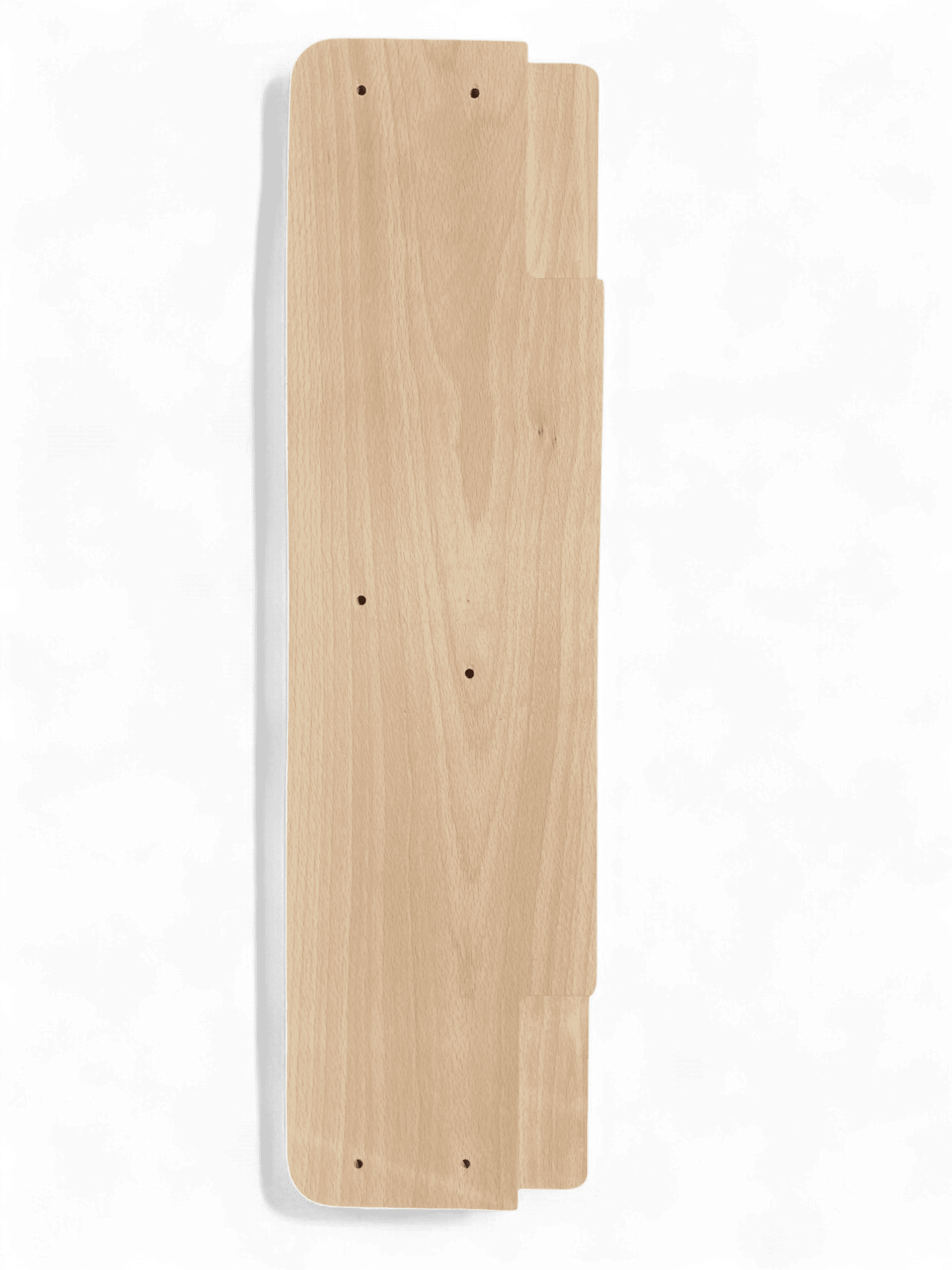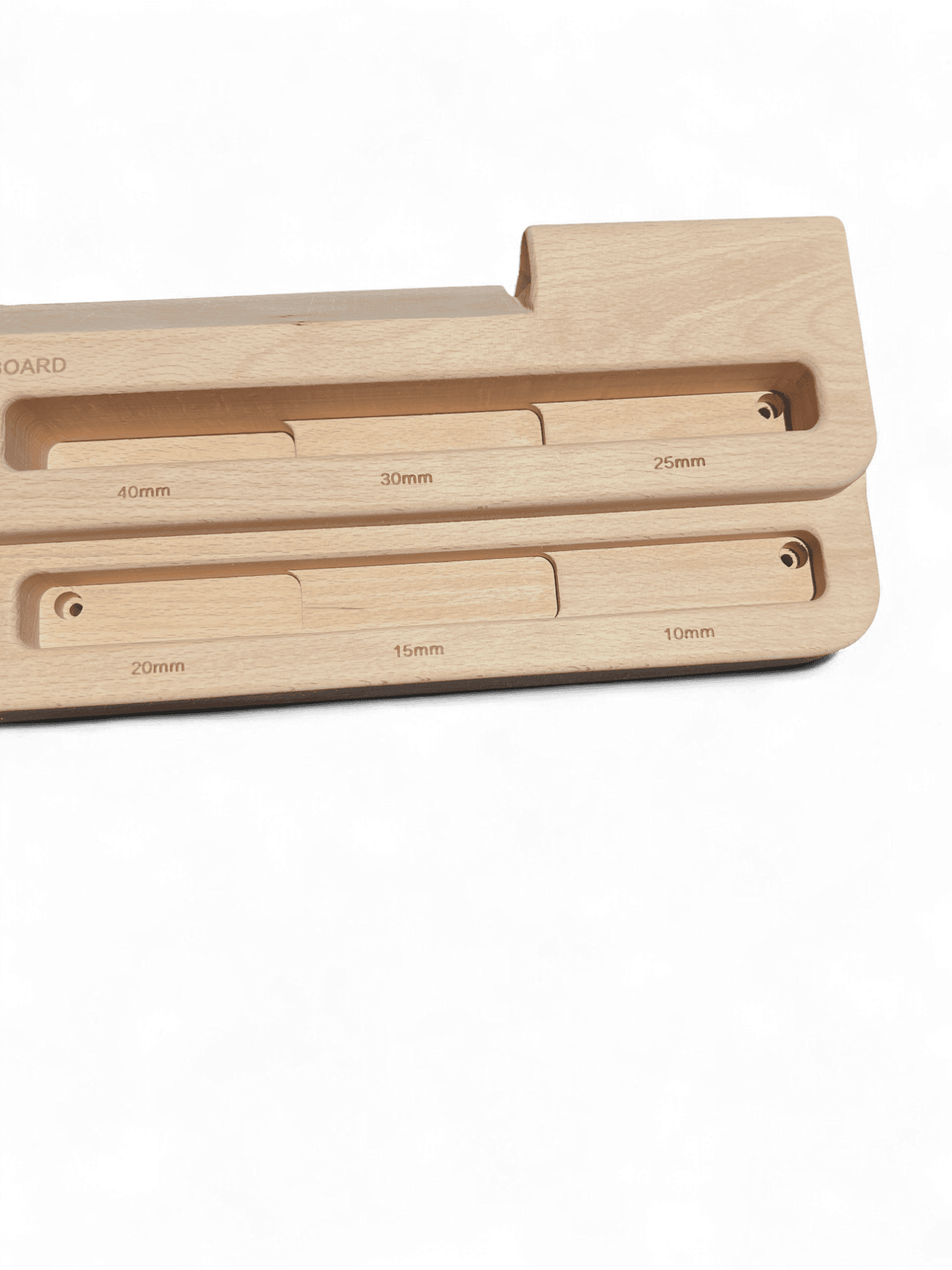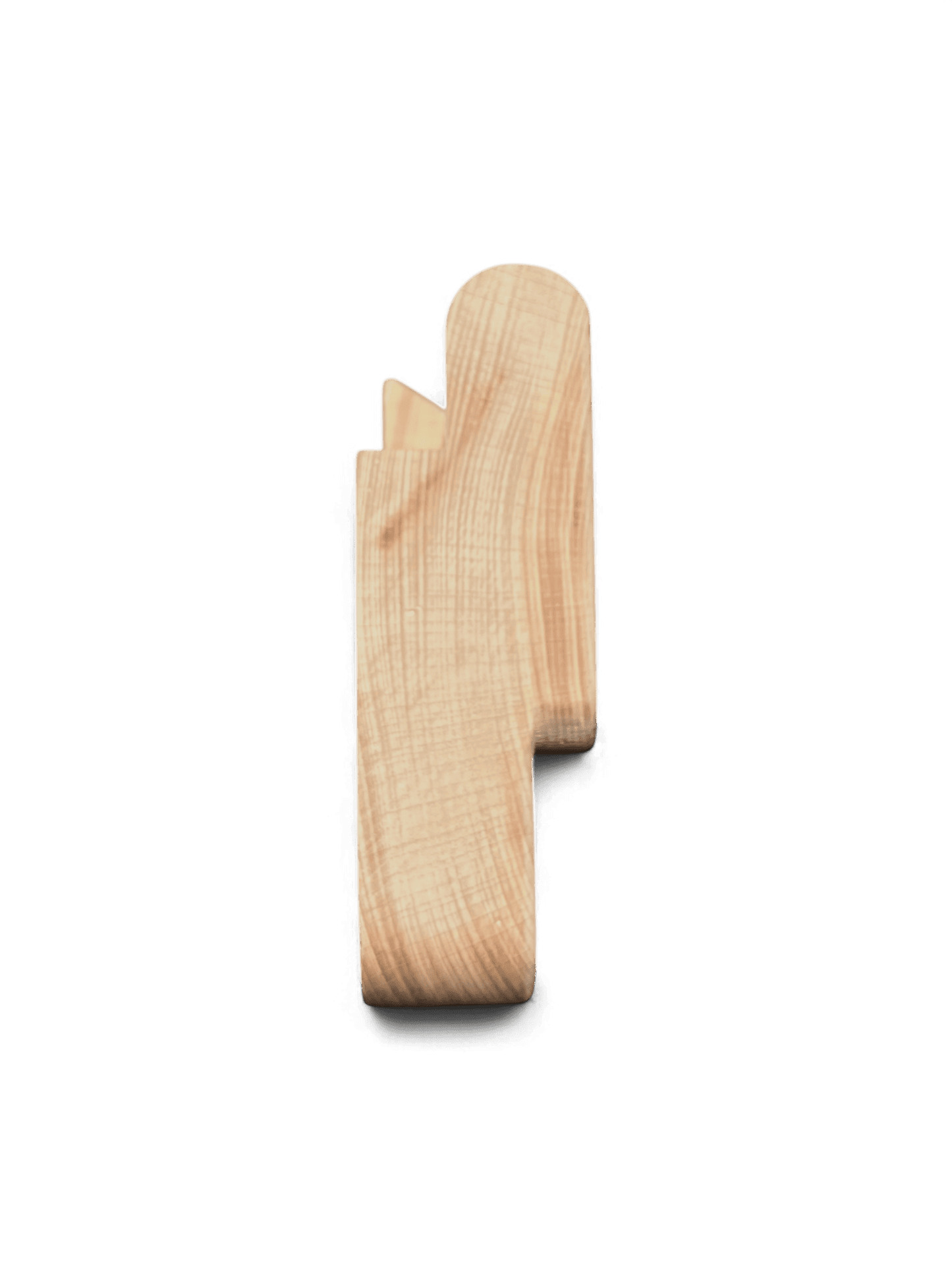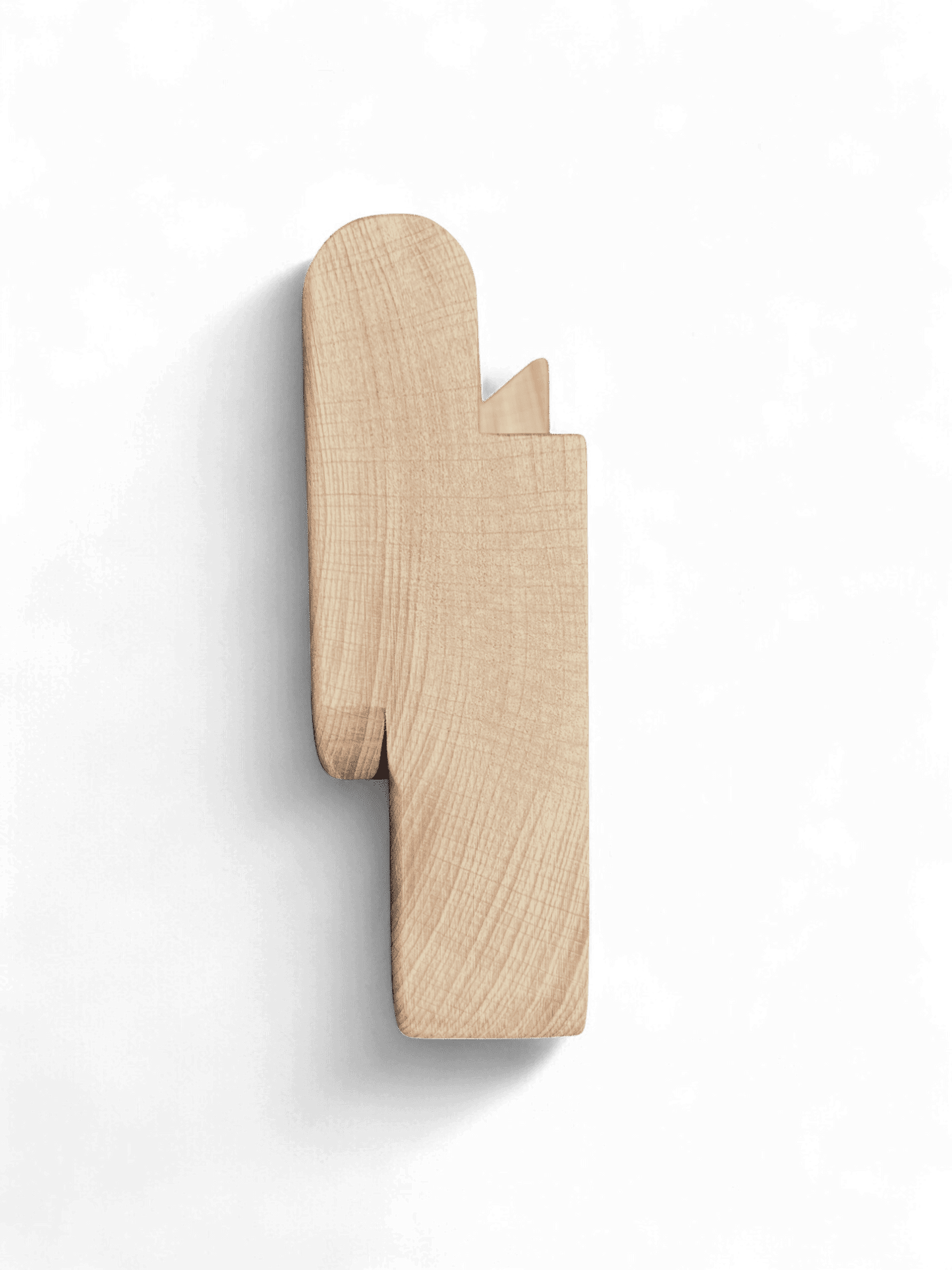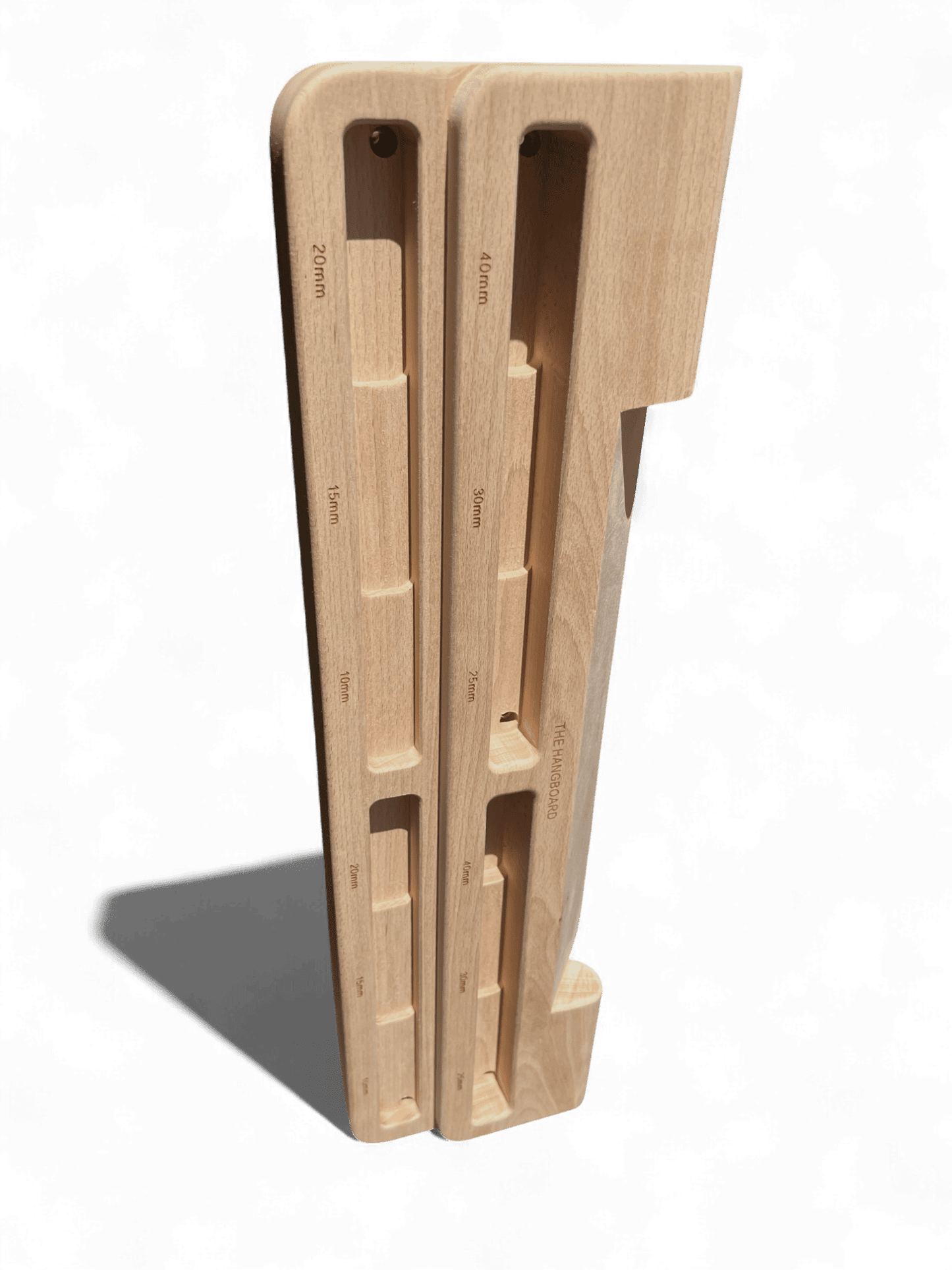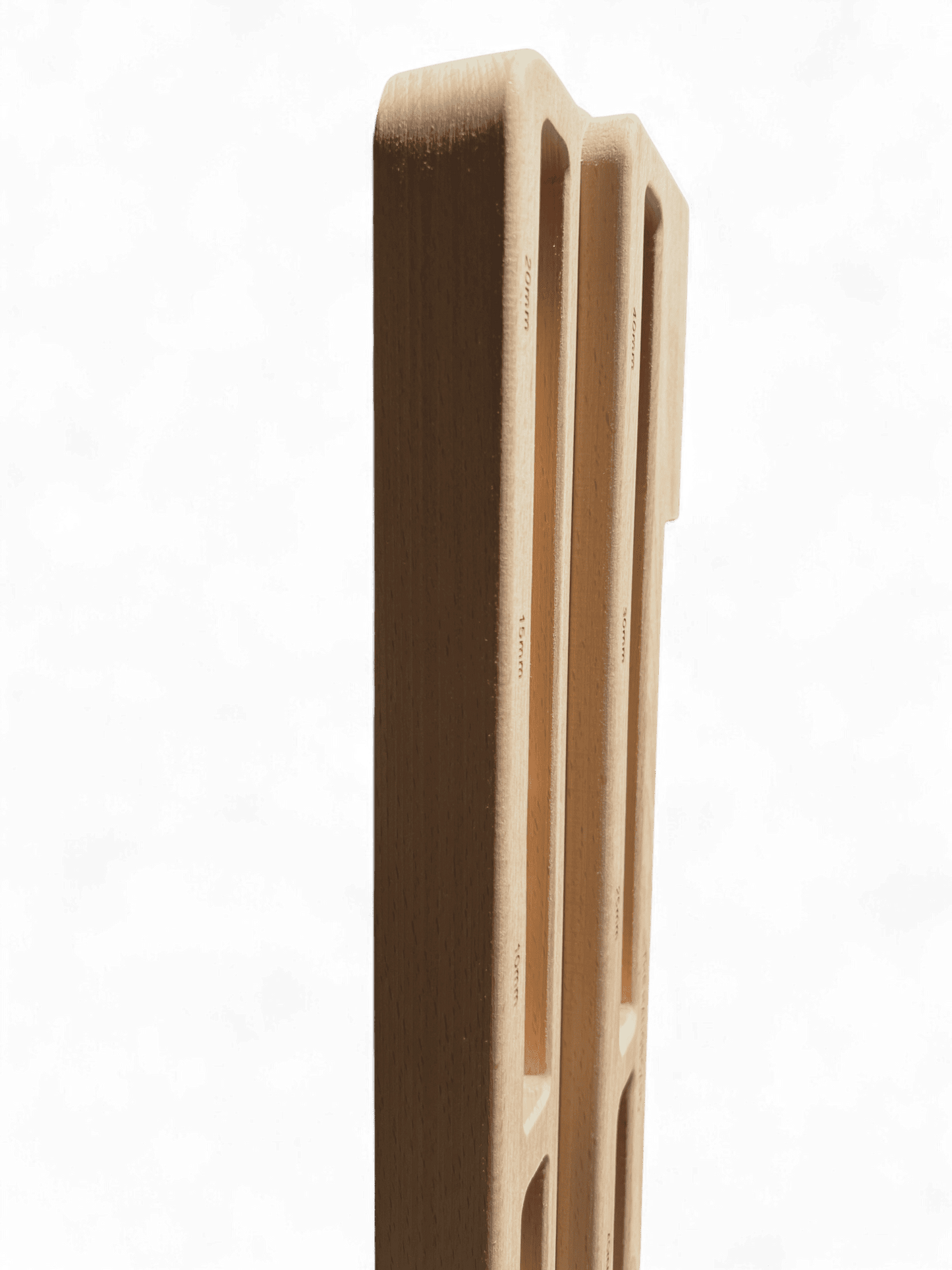Having a hangboard in your home opens up a world of climbing training opportunities. Whether you're a beginner or a seasoned pro, a hangboard is a valuable tool to develop finger strength and improve climbing skills. But how do you mount a hangboard? In this guide, we'll cover everything from selecting the best spot to the process of mounting it directly on drywall or using a backplate.
Choosing the Best Spot for Your Hangboard
Deciding where to place your hangboard is the first crucial step. A commonly chosen spot is a doorway - it's easy to access, space-efficient, and since doorways are often frequented, it serves as a regular reminder for you to train. The strength of the door frame can also provides a secure mounting point for your hangboard.
How to Mount a Hangboard
Safety First! Always use a stud finder before you start drilling. It helps you avoid hidden wires that might have power running through them.
Mounting a hangboard can be done either directly into the drywall or a stud. Most hangboards come equipped with drywall anchors and screws that are specifically designed to provide secure attachment.
Use a stud finder to see if there is any wires or electricity running through your chosen area. You also need to know if you are drilling into drywall or a stud. If you anticipate any screws to miss a stud and go into drywall it is highly recommended you use drywall anchors.
Now that you have found the area where you want to mount your hangboard, hold it against the wall and get it level. If you do not have a level most smartphones will have one built in that you can use.
If all the screws happen to be going into a stud you can simply drill the screws through right now. If you are going through even one area of drywall with no stud you will want to use the mounting holes on the hangboard to lightly tap a nail or something to mark the wall behind it. This will allow a much easier time to install any drywall anchors.
In the case of drywall, carefully follow the manufacturer's instructions. Typically, you'll drill a hole, insert the drywall anchor, and then fasten the hangboard with the provided screws. The anchor design allows it to open up behind the drywall, providing secure support.
Now that your drywall anchors are installed, simply line the hangboard back up with the holes you marked and install the screws.
Woohoo! Your hangboard should be perfectly mounted now!
How to Mount a Hangboard Using a Backplate
While it's not necessary to use a backplate to mount a hangboard, it can have certain advantages. A backplate, often a piece of plywood, provides a flat, even surface to attach the hangboard. This can be especially useful if your wall isn't perfectly flat or if you want to avoid multiple drill holes in your wall.
To mount a hangboard using a backplate, first attach the backplate to the wall or door frame depending on the version you have. You can fasten it directly into the studs for a sturdy setup.
Once the backplate is secure, attach the hangboard to the backplate, following the instructions provided with your hangboard. It should be as simple as getting it level and drilling in the screws, be aware of the length of your screws and backplate as you might accidentally drill through the backplate into the wall.


How to Mount a Hangboard on a Pull-Up Bar
Mounting a hangboard can be a challenge, especially for those who rent their homes or lack the space. This is where a hangboard pull-up bar comes into play. This setup allows climbers to train effectively without drilling into walls.
There are many ways to mount a hangboard on a pull-up bar, the easiest being a portable hangboard with rope. The advantage to this is a quick and easy setup. The disadvantage is limited holds, and is typically less sturdy.

Another alternative to the portable hangboard method is making a backplate that attaches to the pull-up bar instead of the wall. This method will require some tools and much more assembly. The advantage is having a full size stable hangboard setup with no holes in your wall!

To get a deeper dive on mounting a hangboard to your pull-up bar read here!
Hangboard Workouts
Now that your hangboard is mounted you might be ready for some workouts, but don't know where to start. Check out our full guide on hangboard workouts, proper form, and some of the grips you will be using.
Conclusion
Mounting a hangboard at home can be a relatively straightforward task with the right tools and understanding. By carefully selecting the spot, understanding the mounting process, and considering the use of a backplate, you can set up a robust training station right at home. Always remember to check the stability of your hangboard before use to ensure safety.


